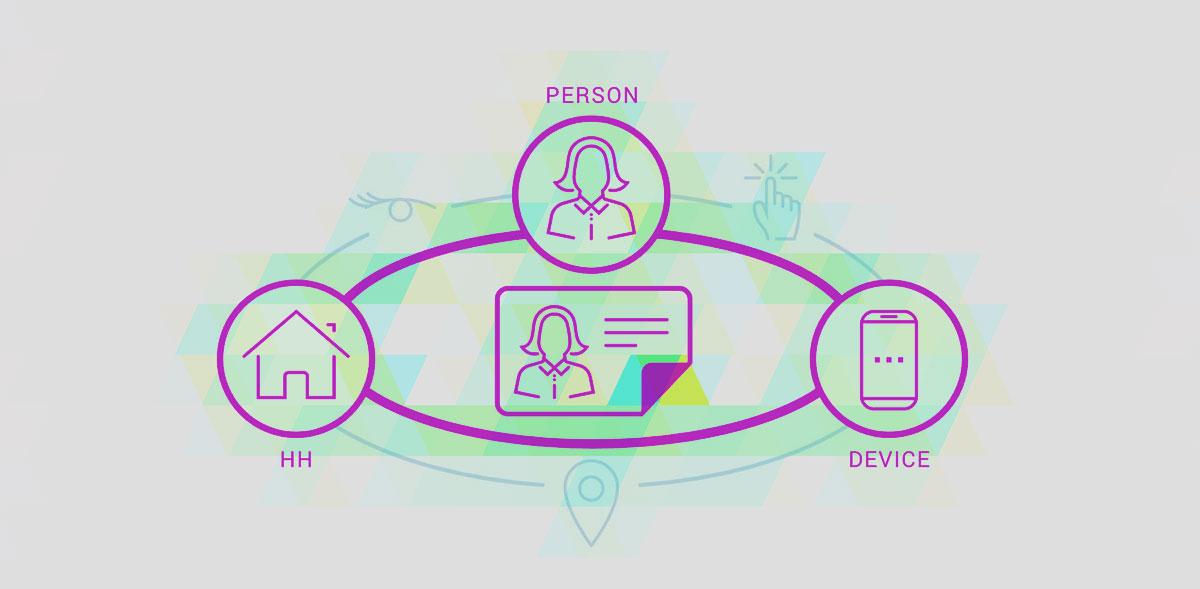Effectively reach people in lifestyle mode – in the moment, across all of their devices
As data collection and algorithm capabilities have increased exponentially over the last few years, so has consumer fear and anxiety over too much of their personal data being used by the good guys (us) and the bad guys (scammers, hackers, you name it). So how do we ensure that we maintain ethical practices and use data for the right reasons?
By advertising to people instead of devices, we can tailor messaging they actually want and need based on behavior and preferences – thus using media budgets more efficiently. At Modern Impact, we take an even more conservative approach to data security and protection than many of our media friends.

Those of us in marketing and media know we can target and retarget for potential conversion. The general public is already aware of these “big brother” tactics that follow them around online after looking at a certain rug or appliance. But as we know from research, consumers don’t seem to mind our relevant ad placements as long as we don’t push it too far. So, while Modern Impact already has access to 99% of the global population in terms of online inventory for programmatic advertising, new technology gives us access to more than 165 million paid TV and mobile subscribers in the U.S. It’s called Cross-Device Agnostic Hyper-Local Targeting (say that 10 times fast!).
This is huge news, people. We now have the ability to target across all devices, using agnostic verification by ID. This means we can target a specific consumer with a specific message, but without having to know who they actually are. Thanks to verified (but anonymous) consumer identification, we can now marry the person to all devices in their household.
Taking it a step further, we also understand who is viewing the content – mom vs. daughter, etc. – and serve them an appropriate ad to achieve much better results. We call these “deterministic relationships,” because we can determine a specific consumer target based on just a few key data points.

As our high-value target goes through her shopping and media consumption behaviors, we understand her more than just her household, we understand her as a person (although she remains anonymous). And we have the capability to create a custom user journey that makes complete sense based on both her online and offline behavior. Everything is experience driven. She’s watching football and checking email on her phone (at least that’s me on Sundays), so we’re not just delivering an ad on Connected TV, Chrome, Verizon or Gmail, but developing an understanding that this particular person exhibits certain behaviors across all of her devices and locations. So, now we know exactly what to serve her and when.
Consumer Identities are Verified Anonymously with Cross-Device Agnostic Hyper-Local Targeting

Thanks to these additional data points, we not only know they’re exhibiting certain behaviors, but also know much faster. For instance, based on recent actions, do they intend to purchase sooner or later? Have they shown more interest based on consistent usage and frequent behaviors? Are they exhibiting lifestyle and life-stage patterns? Do they match up with third-party data on traits and behaviors? With cross-device hyper-local targeting, we can reach them while they’re living life – with messaging that fits their lifestyle in that very moment.
What does this mean for advertisers? It means you can now reach your high-value potential consumers across all screens and environments and expand that reach to any new devices for a more holistic, real-time user experience. It means your entire programmatic media buy is more effective, your brand makes a better user connection with a more relevant user journey, and the cost to acquire a customer naturally becomes cheaper. Layer on foot traffic lift, and you just learned a lot more about your audience targets.
Yes, we can do that, too. So, the question becomes: Are you targeting and measuring the right KPIs?
(Now, go geek-out and give us a call if you want to chat!)


